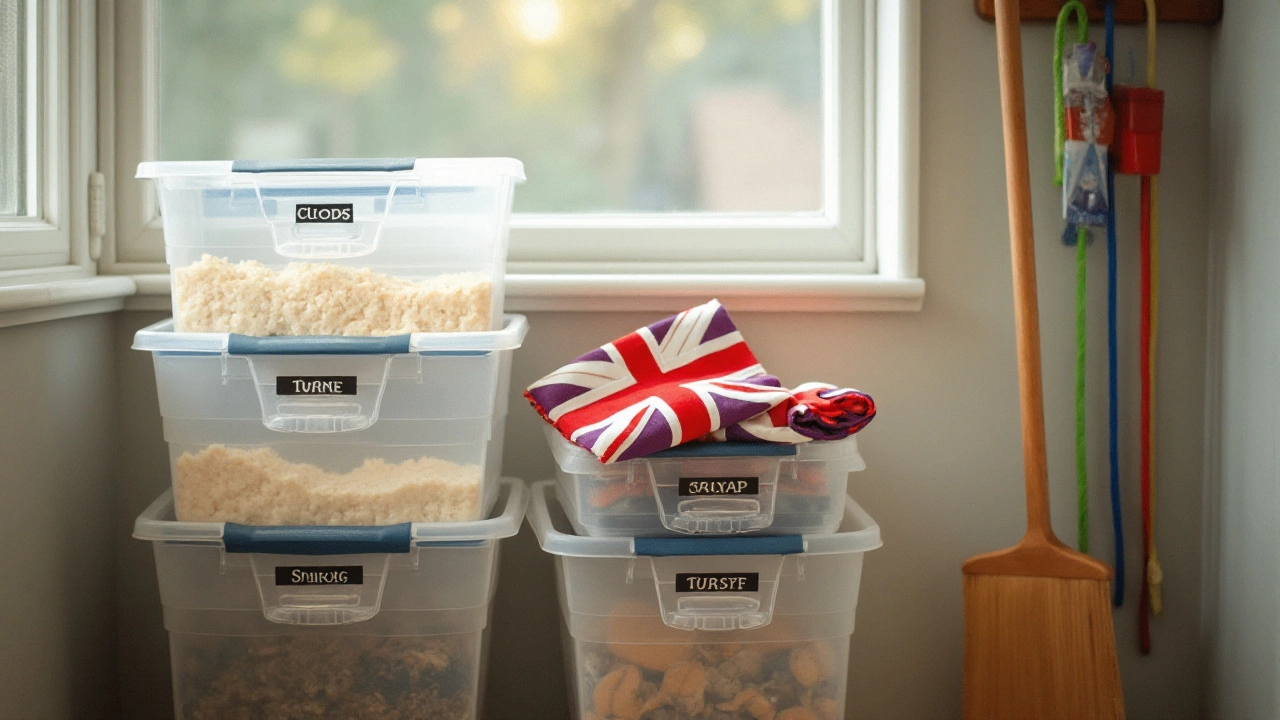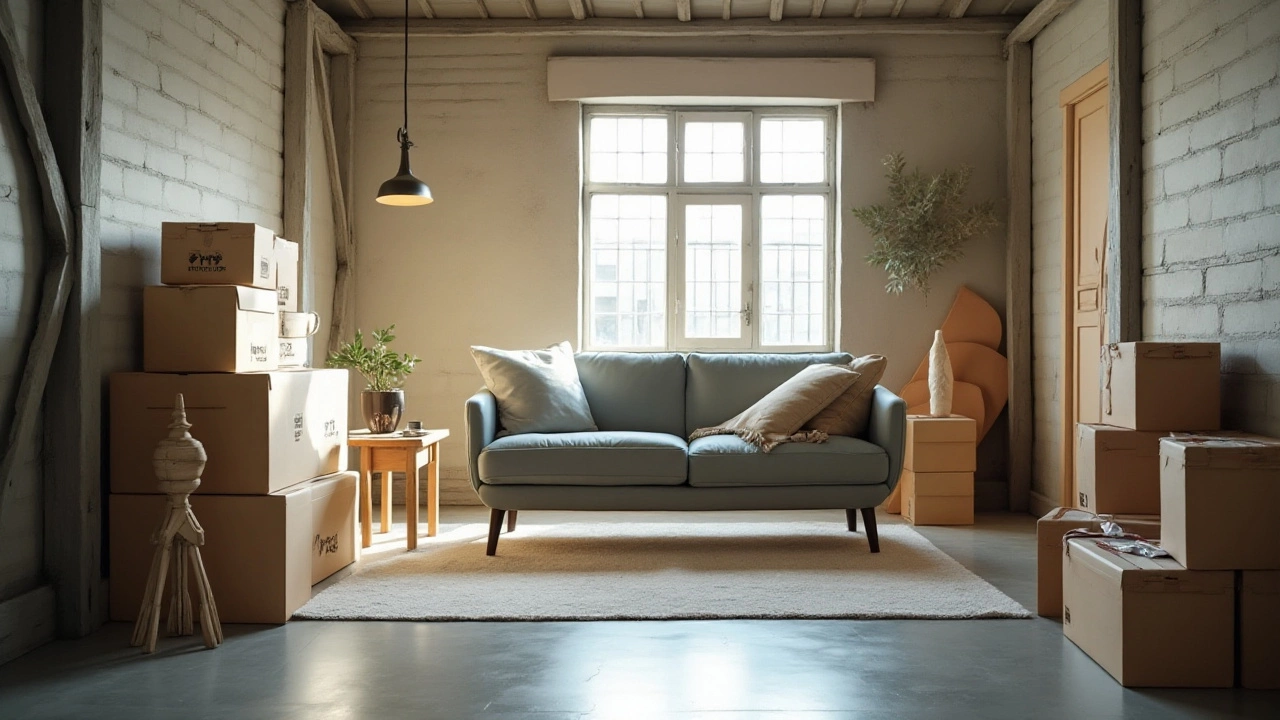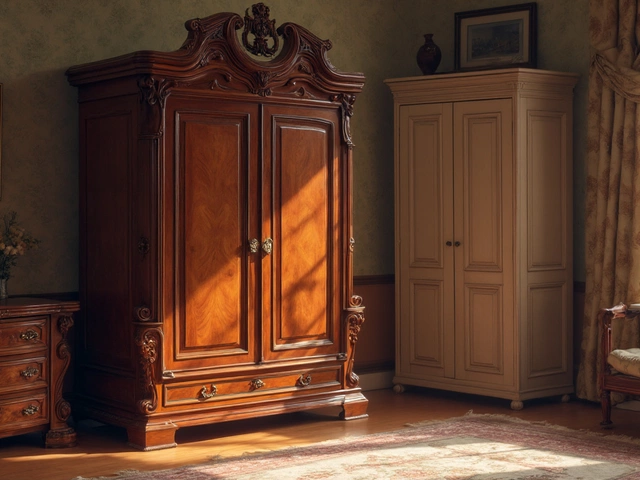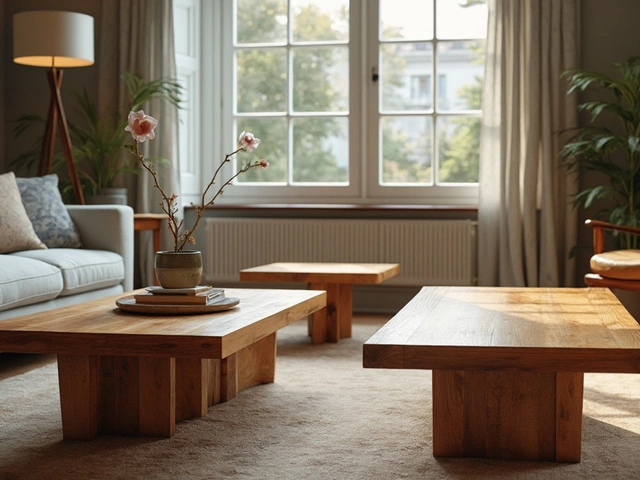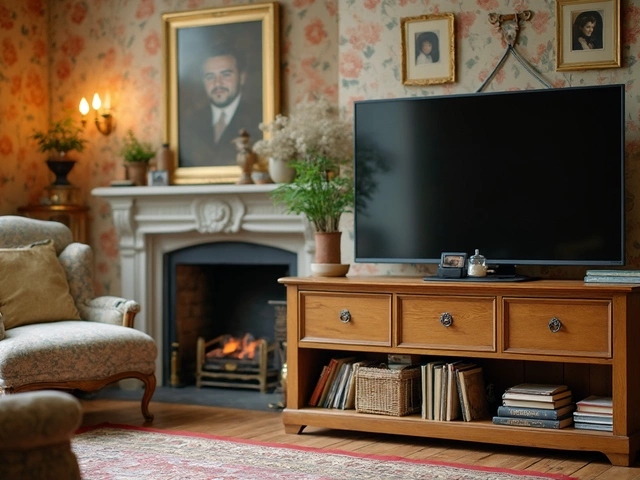Storage Unit Ideas for Schools and Homes
Running out of space is a daily headache for teachers, office managers and anyone who lives in a house with a lot of gear. A good storage unit can turn a cluttered room into a tidy, functional area. Below you’ll get clear steps to pick, place and fill a storage unit so it works for you from day one.
Choosing the Right Storage Unit
First, figure out what you need to store. List the biggest items – textbooks, lab kits, sports gear, toys – and estimate how many of each you have. Then measure the floor space where the unit will go. Leave a few inches on each side so you can open doors or drawers without hitting walls.
When the dimensions are clear, decide on the material. Metal shelves are sturdy and cheap for schools, but they can dent. Heavy‑duty plastic is lighter and resists rust, great for rooms with humidity. If you want flexibility, modular units let you add or remove shelves as the need changes.
Size matters too. A unit that’s too tall can become a safety risk; shorter units stay accessible for younger kids. For offices, a deeper unit (12‑18 inches) holds files without crowding the desk. In homes, a narrow, tall unit fits tight hallways while still giving plenty of storage.
Smart Ways to Organise Inside
Once the unit is in place, use clear bins or labeled boxes. Clear containers let you see the contents at a glance, cutting down on rummaging time. For items you need often – like classroom supplies – keep them on the top shelf or in pull‑out trays. Reserve lower shelves for bulkier, rarely‑used gear.
Labels are a game‑changer. Write the category on each bin and add a small picture if the users are younger. Color‑coding by subject or activity makes it easy for anyone to find and return items correctly.
Don’t forget the back of the unit. Adding a hanging organizer or a pegboard behind the doors creates extra hooks for cords, scissors or sports equipment. It’s a simple tweak that adds a lot of storage without buying another piece of furniture.
Maintenance is easy if you set a quick routine. Sweep dust off shelves weekly and check that wheels or casters still lock. In schools, do a monthly inventory check so you know when supplies run low and can reorder before things run out.
Here’s a quick checklist to keep your storage unit working:
- Measure space and clear floor area.
- Pick material that fits the environment.
- Choose height and depth appropriate for users.
- Use clear bins and label everything.
- Add back‑door organizers for extra hooks.
- Schedule regular dusting and lock checks.
Follow these steps and your storage unit will stay organized, safe and ready for whatever you need to stash. Whether you’re outfitting a classroom, a staffroom or a family living room, the right unit makes life smoother and keeps the space looking neat.
